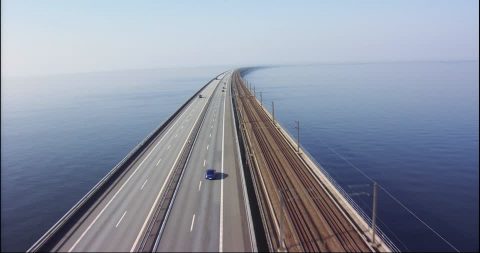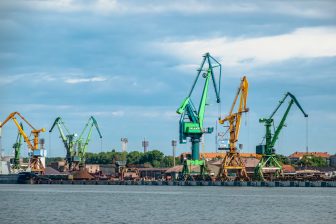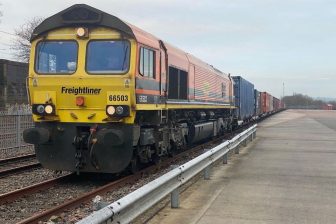
Pocket wagons return to Great Belt Bridge on the way to Sweden
Rail tracks on the Great Belt Bridge
Intermodal traffic to Sweden is picking up again, as more and more companies are finding the possibility to pass the Danish Great Belt Bridge. Trains with pocket wagons were banned on this bridge for a long time. The ban was lifted on 20 April, but with strict requirements for the passage of intermodal trains.
Do you want to read the full article?
Thank you for visiting RailFreight.com. Become a member of RailFreight Premium and get full access to all our premium content.
Are you already a member?
Having problems logging in? Call +31(0)10 280 1000 or send an email to customerdesk@promedia.nl.





